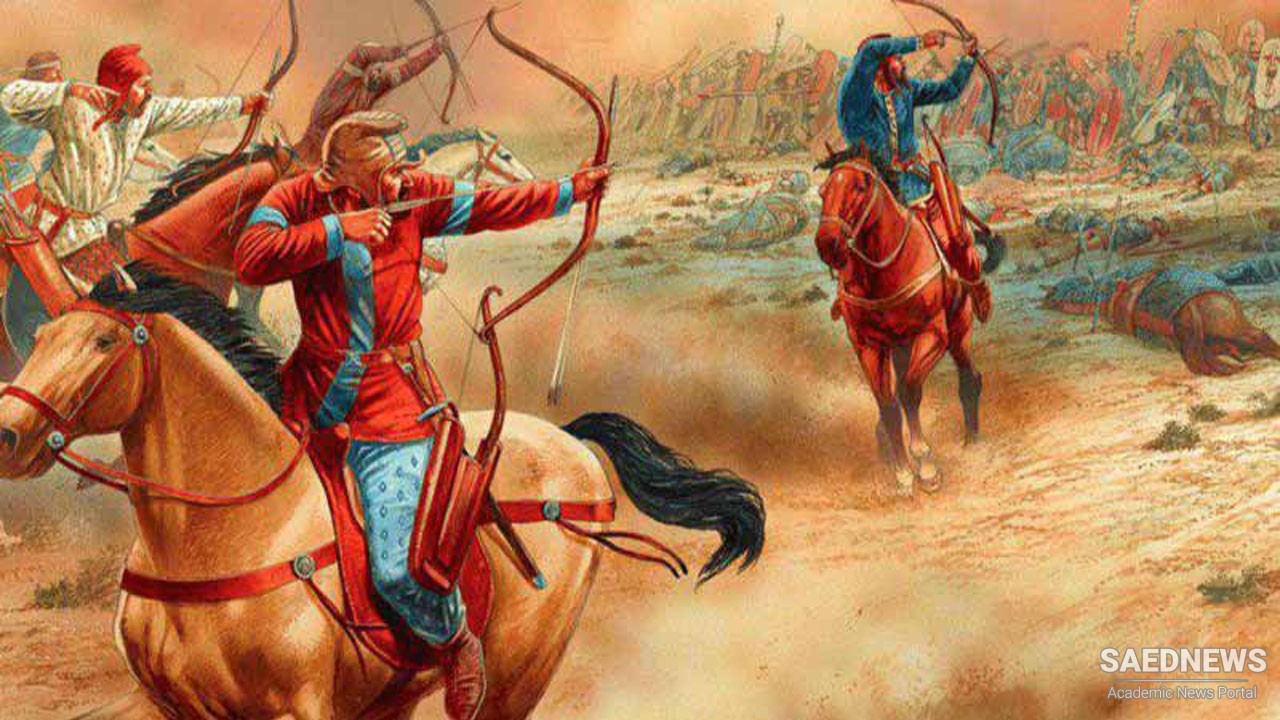Cyrus’s experiment with tactical formations created several advantages for the Persian army. First, the new tactics depended less on coordination within the formation because, unlike advancing infantrymen in a shield wall, the archers could use their weapons without depending on others, firing as fast as each man’s skill and circumstances allowed. Second, arrayed in several ranks and capable of rapid and accurate barrages, the archers could stop their enemies at a distance. Finally, the use of overhead fire involved more soldiers than line formations in which the rear ranks of spearmen provided only replacements for the fallen and some moral support. Cyrus’s exposure to other fighting styles also helped improve his military. While the nearly continuous warfare helped to perfect the Persian war machine, Cyrus also was a master of political warfare. He used a mix of military demonstrations and sedition to annex the Chaldeans’ empire, which radiated from Babylon into northern Mesopotamia, across modern Syria to the Mediterranean, and into the Nejd- Hejaz borderlands of the Arabian Peninsula. Like many great conquerors, Cyrus was not satisfi ed with his domains. Starting in 537 bc he launched expeditions to capture the areas west of the Indus River in what is modern Pakistan and to expand the empire to the region just below the Aral Sea and Jaxartes River. In the latt er region Cyrus tried to use a line of forts to halt raiders of the Massagetae tribe but resorted to war to stop this warrior people’s depredation. Accounts of Cyrus’s fi nal batt les with and death at the hands of the Massagetae and their queen, Tomyris, in 530 bc vary, but aft er a savage and lengthy campaign, the Massagetae gained the upper hand in the final battle, killed Cyrus, and then destroyed the larger part of his army. The Greek historian Herodotus, who presents Cyrus as the aggressor, concludes his account by having Tomyris cut off Cyrus’s head and plunge it into a barrel of blood in a mocking eff ort to satisfy the great king’s supposed insatiable appetite for blood and conquest (Source: History of Iran Military).


 Cyrus the Great and Consolidation of Persian Domination via a Loyal Army
Cyrus the Great and Consolidation of Persian Domination via a Loyal Army














































